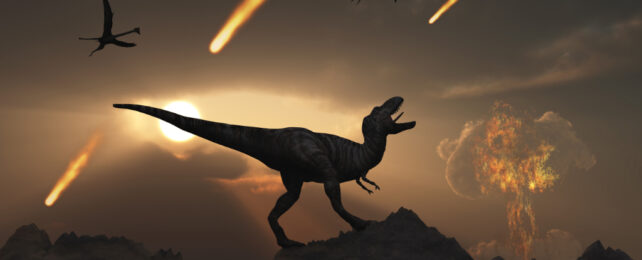Fine dust suspended in the atmosphere may have played a significant role in the extinction of dinosaurs after all.
It's largely accepted that around 66 million years ago, a space rock larger than Mount Everest smashed into what is today the coast of Mexico, setting off a cascade of catastrophes that ultimately killed three-quarters of life on Earth, most famously the non-avian dinosaurs.
But the finer details of how this all unfolded are still up for debate.
Now, scientists have cracked open a geological 'black box' that suggests the asteroid impact created a plume of fine dust which blocked sunlight, cooled the Earth, shut down photosynthesis, and destroyed the food chain.
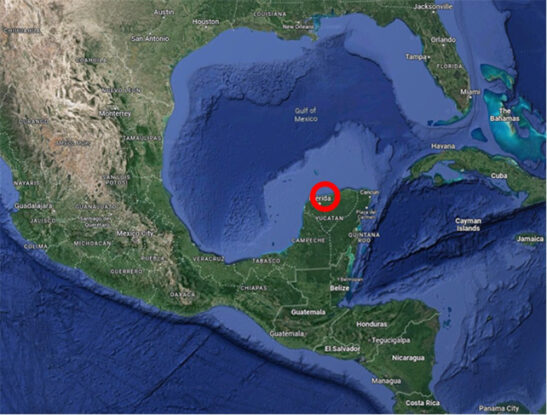
Originally proposed as a mechanism in 1980 by the geologists who uncovered the first signs of the mighty impact, the hypothesis was ruled out in the early 2000s because rock samples from this era didn't contain enough fine dust to cause a global winter.
However, most previous studies were based on one-centimeter-thick layers of sediment from the Cretaceous-Paleogene period. (Not a lot of dirt to sink one's teeth into.)
This new study analyzed 40 samples of sediment taken from a much richer, 1.3-metre-deep deposit in Tanis, North Dakota. This site is 3,000 kilometers (about 1,900 miles) north of the Chicxulub asteroid crater, but it provides a unique snapshot of how plumes of dust, soot, and particles spread in the years post-impact.
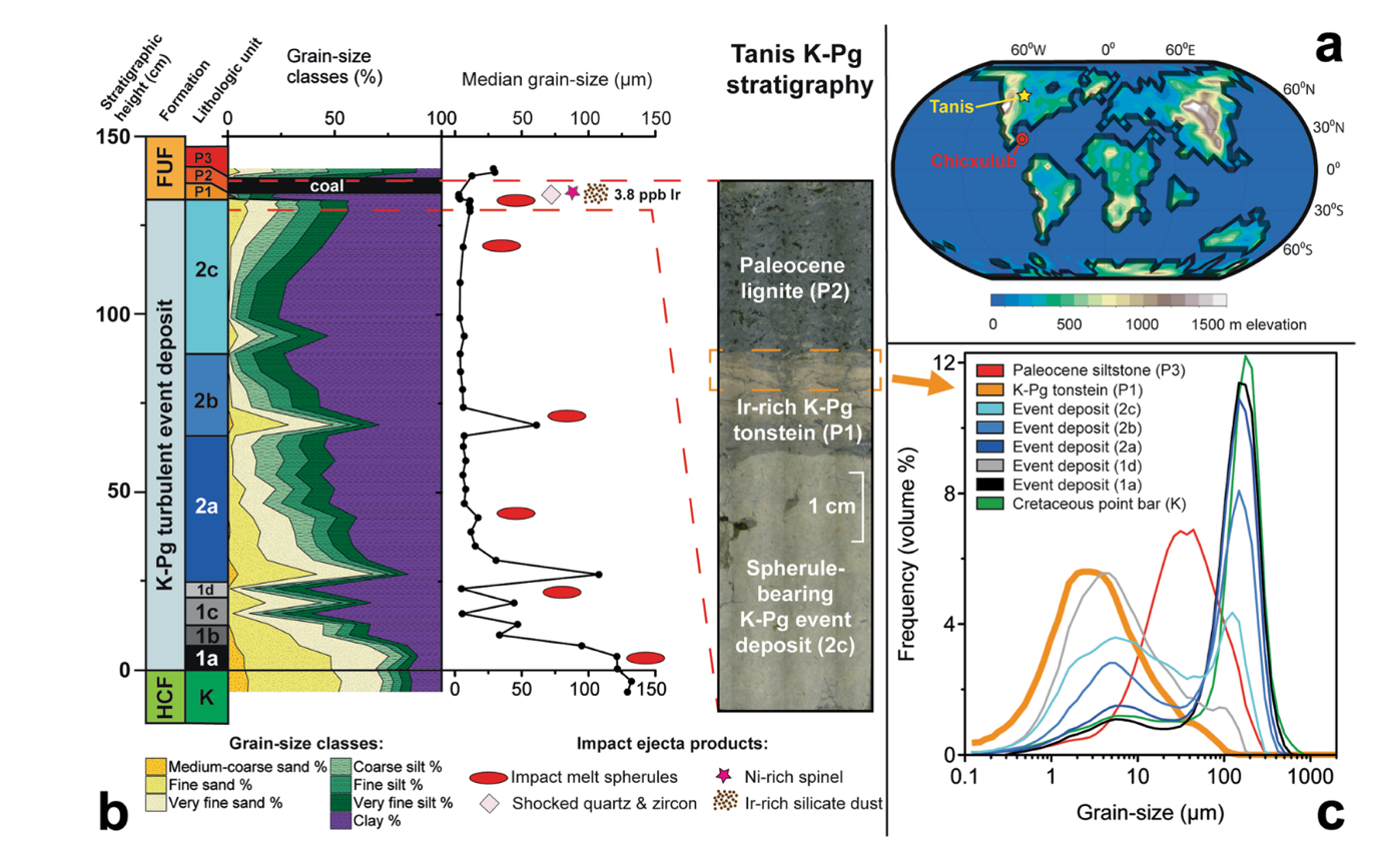
Larger particles scatter light at smaller angles than finer particles, so using a laser, the researchers were able to determine how much of each sample was made up of fine silicate dust in the 0.8 to 8 micrometer range.
"[We found] a larger contribution of fine dust… than previously appreciated," wrote the researchers.
Using computer modeling, the researchers discovered that this fine dust – created when the asteroid hit the Earth and pulverized the rock underneath – was "the most lethal" of the particles released when the 10 to 15-kilometer-wide meteorite collided with Earth.
They found that high levels of dust in the atmosphere would have created a global darkness lasting almost two years, which would have made it impossible for plants to photosynthesize.
Without plants, the entire food chain would have collapsed. The top predators – like Tyrannosaurus rex – hunted prey that depended on plants as part of their diet.
This dust could have stayed suspended in the air for up to 15 years, causing a 15°C fall in global temperatures and inducing a "photosynthetic shut-down for almost two years post-impact" by blocking sunlight, the researchers wrote.
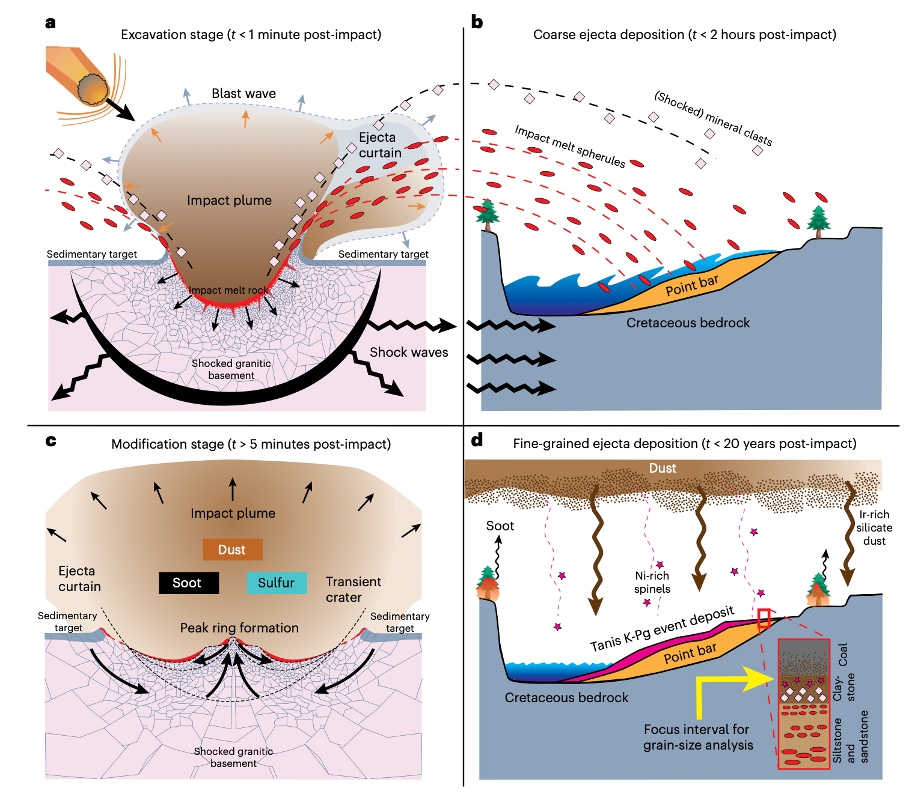
The shock of the collision also would have vaporized rock and produced sulfur-bearing gasses that form into small particles high in the atmosphere. And the intense heat produced by the asteroid's impact would have sparked large-scale wildfires, sending large amounts of soot and ash into the sky.
Yet according to the researcher's results, it was the fine silicates rather than material like sulfur particles that were primarily responsible for the extended planetary winter.
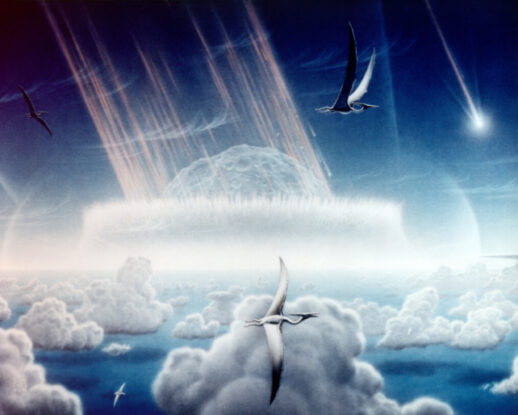
"We find that the global darkness and prolonged loss in the planet's photosynthetic activity occur only in the silicate dust scenario, up to nearly 1.7 years (620 days) after impact," the researchers wrote.
"This constitutes a sufficiently long timescale to pose severe challenges for both terrestrial and marine habitats."
Those animals and plants that were not adapted or could not adapt to live in the dark and cold would have met their demise. Flora and fauna with flexible diets, habitats, and lifestyles would have had a greater chance of survival.
The Chicxulub asteroid impact also unleashed a mega-tsunami 1.5-kilometres tall that hit every continent on Earth, and set off seismic activity 50,000 times more powerful than the 2004 Sumatra earthquake.
This paper was published in Nature Geoscience.
